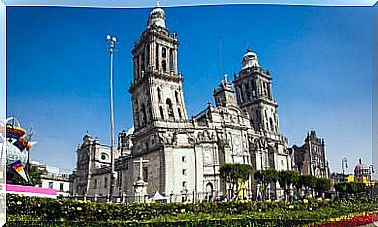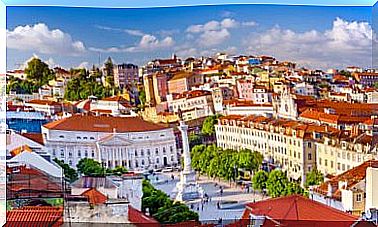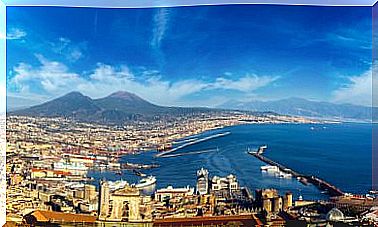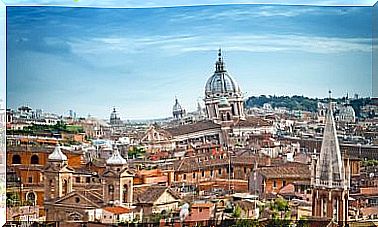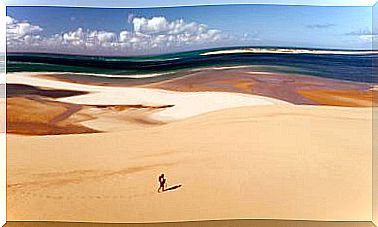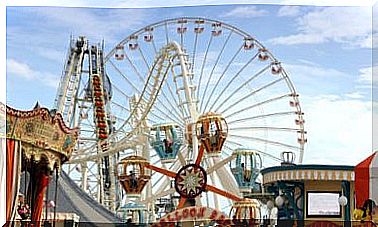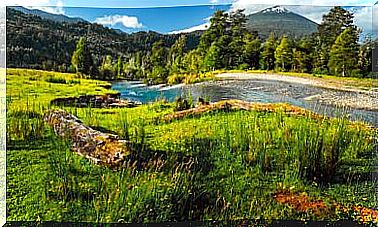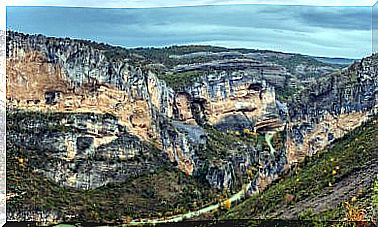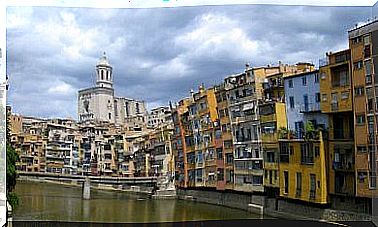We Visit The Best Places In Tarazona
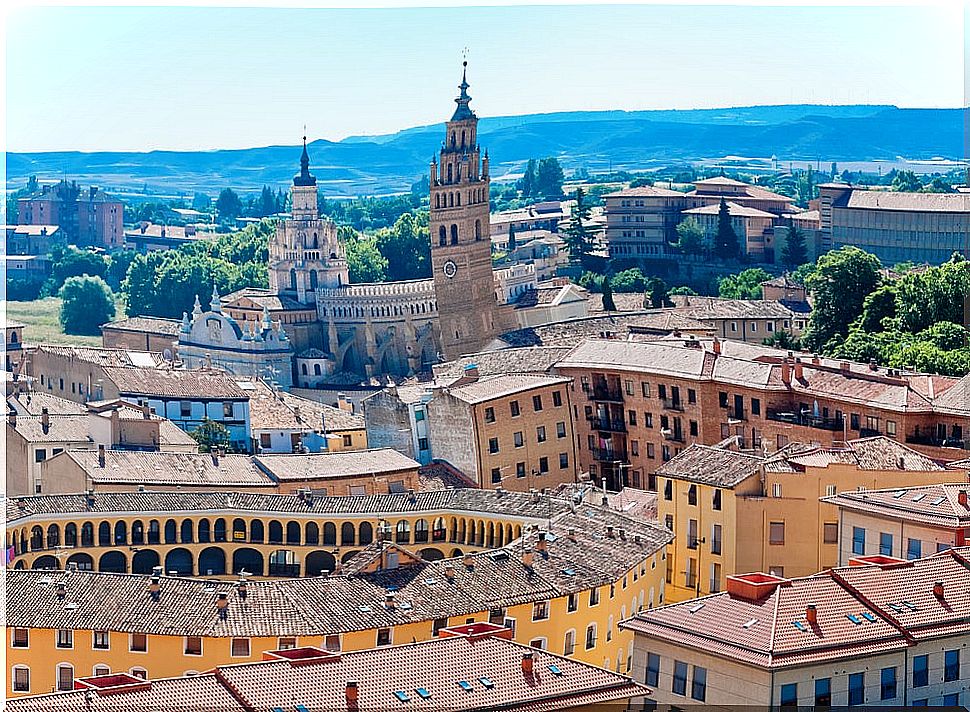
Tarazona is a beautiful town in the province of Zaragoza that historically served as the border between the kingdoms of Castile, Aragon and Navarra and that offers a thousand and one different entertainments to all who come to visit it. A town with an interesting architectural heritage. Next, we will take a tour of the most emblematic sites of this tourist jewel in the middle of Aragon.
1. Cathedral of Our Lady of La Huerta
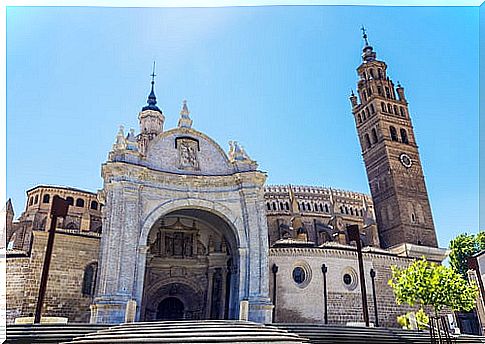
More than 30 years of restoration work have been necessary for the Cathedral of Nuestra Señora de la Huerta de Tarazona to shine in all its splendor. The cathedral was declared a Site of Cultural Interest in 2002. We can find elements of the purest French Gothic mixed with the Mudejar style and with details from the European Renaissance period.
The first cathedral began to be erected after the expulsion of the Muslims from the area, in 1119. Its location was always curious, until archaeological work uncovered an ancient Roman necropolis. In 1235 the project of a new cathedral was created, and this cathedral was renamed Nuestra Señora de la Huerta.
Without a doubt, this is the most essential stop within the city of Tarazona. All the words that can be written to describe it are few, so it is best to visit it and marvel at it.
2. Church and cloister of San Francisco
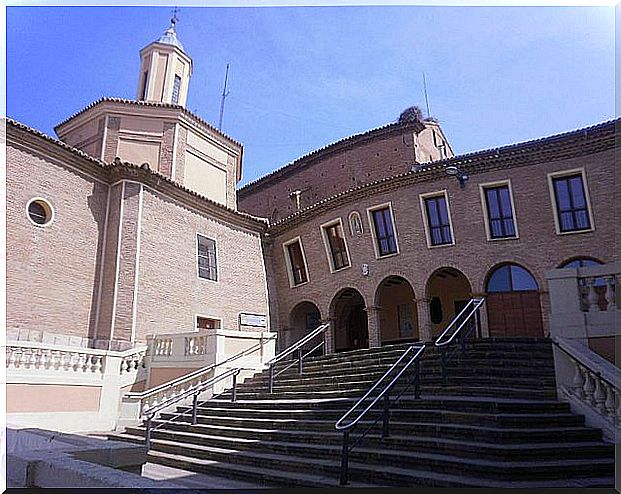
According to tradition, San Francisco founded this convent around the year 1214, although only the outer walls and some chapels remain of the original. Of the latter we can especially highlight that of the Holy Christ of the Venerable Third Order, built in the 18th century and with a marked Baroque style.
About the cloister we can say that it was built in the 15th century, and the cloister between the 16th and 17th centuries. At present, it is rehabilitated and serves as the headquarters of the Official School of Languages in Tarazona.
3. The Jewish Quarter and the hanging houses
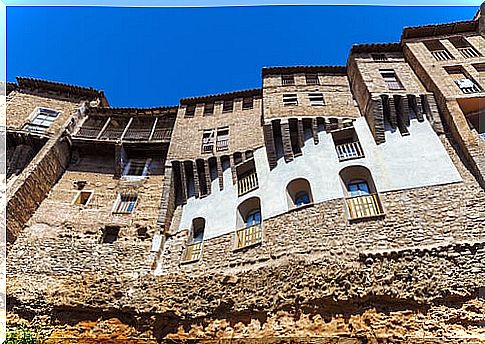
On Calle de las Juderías we find one of the symbols of the city: the hanging houses. We are in the Jewish quarter of Tarazona, a remnant of one of the three cultures that inhabited the city.
During our entire tour of the neighborhood we will find plaques with the Iberian peninsula drawn and inscriptions in Hebrew on the ground, right at the entrance of the houses. This meant that one was within the Jewish quarter and not in another. It is highly recommended to take a leisurely walk through the alleys that shape this area of the town.
The hanging houses are a group of houses annexed to the medieval wall of Tarazona. The noble families of Tarazona lived in them. The houses are visible from various points of the city, such as from the windows of the episcopal palace or from the Plaza de los Arcedianos.
4. Palace-Garden of Eguarás
This incredible palace was built between 1557 and 1565 by Antonio Eguarás. This was a rich merchant and traveler, who knew perfectly the main cities of Europe. Hence the obvious influence on the building. It has a marked Renaissance style and has been extended and renovated on numerous occasions.
The palace is distributed around a beautiful courtyard. Inside there are wall paintings, which represent moral allegories and liberal arts, belonging to the original decoration, from the 16th century.
5. Other places of interest in Tarazona
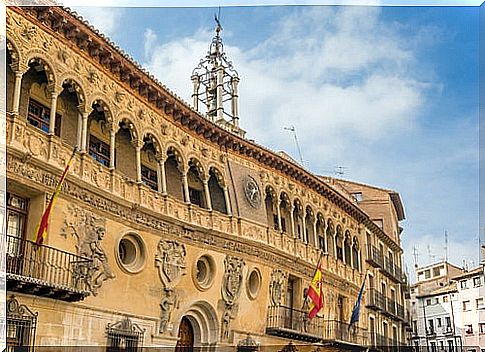
The monumental heritage of Tarazona is very wide. The town hall, built in the 16th century as a fish market, stands out. It has a beautiful Renaissance façade.
Another interesting place is the old bullring, surrounded by houses whose balconies were rented during the festivities. The Fine Arts Theater, the wall or the church of San Atilano are also worth a visit.
Tarazona is a beautiful city and if you visit it at the end of August you can enjoy its great festival, that of Cipotegato. It consists of a young man from the town disguising himself as Cipotegato (a mythical character dressed as a harlequin) and if he is victorious over the tomatoes thrown by the neighbors, he will be uploaded to the sculpture in his honor in the Plaza de Tarazona.
